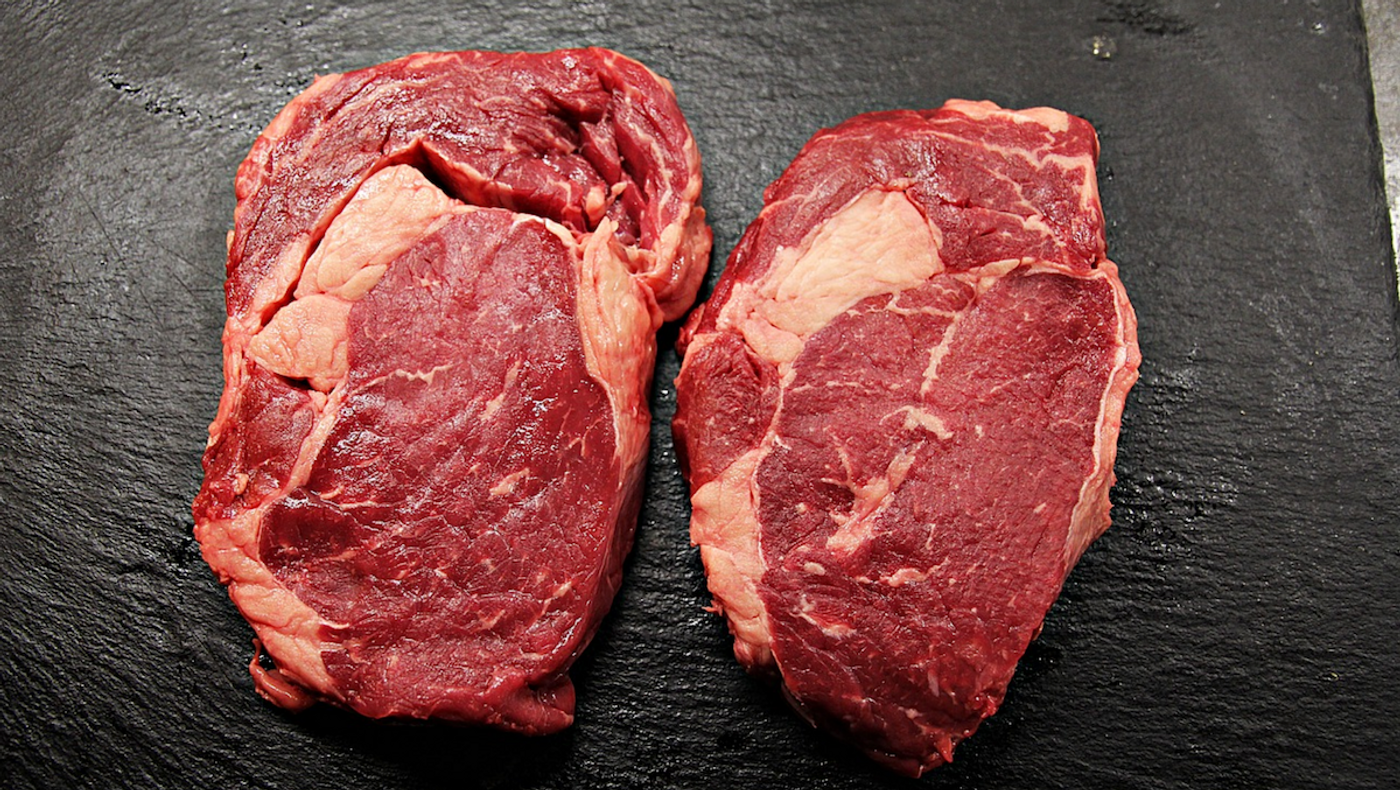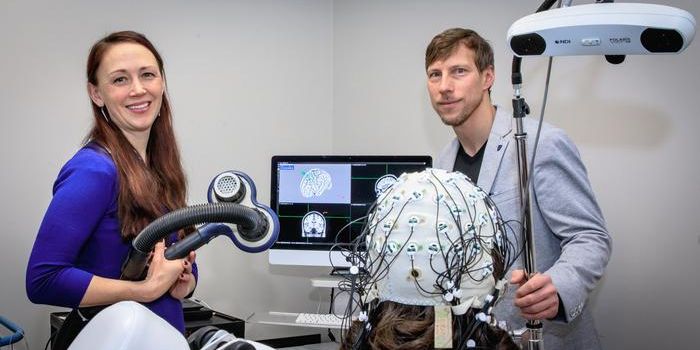Growing a Better Lab-Based Meat
Meat consumption has risen around the world in the past few decades, and demand is still increasing. The world produces about four times as much meat as it did fifty years ago. The average person eats around 20 more kilograms of meat per years compared to 1961; the current average is 43 kilograms, though it varies widely depending on the country.
Eating all that meat is thought to be problematic for the health of some people. People that eat a plant-based diet tend to eat fewer calories, weight less, and have a lower risk of getting heart disease compared to meat-eaters.
Producing meat on this scale has been harmful to the planet as well. Tropical rainforests in places like Brazil are often cleared to make way for ranchers raising cattle, and getting rid of all those trees emits carbon, as well as eliminating a place that can absorb it. The livestock themselves are also emitting methane. Runoff from industrial agriculture and the waste produced by the animals has polluted some waterways too.
Meat substitutes offer an alternative, and they have become increasingly sophisticated in recent months. Some people now have a hard time telling the difference between these meat alternatives and the real thing, and they are gaining in popularity not only among vegetarians, but also among carnivores. Some of these products use plant-based compounds to mimic those that are found in the real thing. Another approach grows actual meat in a lab instead of on the pasture or industrial farm.
Lab-grown meat has been limited, however, because there haven’t been good ways to easily generate a large amount of it. It also doesn’t always taste or look like meat. Scientists at Harvard have now used edible gelatin scaffolds to grow rabbit and cow muscle cells, showing that this technology can be improved and made ready for the market. The work has been reported in npj Science of Food.
Animal meat is generally composed of long fibers of skeletal muscle cells and fat cells. A challenge for researchers has been reproducing those fibers.
“Muscle cells are adherent cell types, meaning they need something to hold onto as they grow,” explained the first author of the study Luke MacQueen, a research associate at Harvard’s John A. Paulson School of Engineering and Applied Sciences (SEAS) and the Wyss Institute for Bioinspired Engineering. “To grow muscle tissues that resembled meat, we needed to find a scaffold material that was edible and allowed muscle cells to attach and grow in 3D. It was important to find an efficient way to produce large amounts of these scaffolds to justify their potential use in food production.”
They applied a technique developed by the study’s senior author Kit Parker, the Tarr Family Professor of Bioengineering and Applied Physics at SEAS, which uses centrifugal force to create nanofibers. The researchers used gelatin fibers that are safe for food as a scaffold for the cells to grow on, and effectively mimicked natural muscle tissue. They were able to get cells to grow onto the gelatin as fibers would.
“When we analyzed the microstructure and texture, we found that, although the cultured and natural products had comparable texture, natural meat contained more muscle fibers, meaning they were more mature,” said MacQueen.
There are still hurdles to overcome, but this work shows that it’s possible to create a better lab-grown meat. “Muscle and fat cell maturation in vitro are still a really big challenge that will take a combination of advanced stem cell sources, serum-free culture media formulations, edible scaffolds such as ours, as well as advances in bioreactor culture methods to overcome.”
Source: The Harvard Gazette, npj Science of Food









